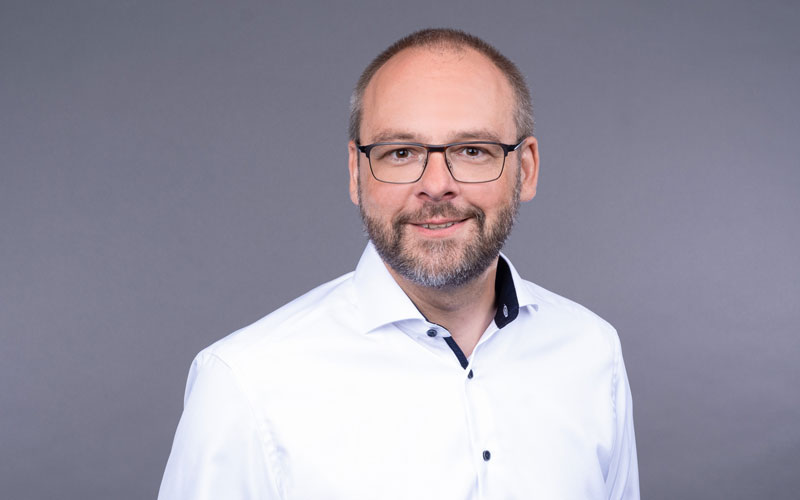Ralf, how did the Arineo model of cooperative organization come about?
When Arineo GmbH was founded in 2018, it was clear from the outset that the company should be transferred to the ownership of the employees. It quickly became clear that this idea was not compatible with traditional hierarchies. We set out to find a suitable organizational model – and initially focused on models such as “The Collegially Led Company” by Bernd Östereich. Das hat unsere Fragen jedoch nicht ausreichend beaHowever, these models did not adequately answer our questions.ntwortet. So, together, we created a list of the questions for which we needed answers. We condensed these questions into compact work units – so-called ‘sprints’ – and participatively answered them with interested employees. At the end of each work unit, we presented the results to the staff, discussed them, and selected from our list of questions those issues that should be addressed next. In this way, we gradually defined the fundamental principles for our cooperation and brought clarity to everyone in the company.
Specifically, how does it work?
That’s a broad field! However, I would like to mention two important cornerstones: distributed leadership and decision-making based on the consensus principle.
Regarding leadership: we distribute traditional management tasks across several shoulders. Those who love numbers do the controlling. Teamplayers provide feedback and guidance. Organizational talents lead projects or manage important corporate processes. What’s crucial is that the team itself defines who takes on which management tasks and can adjust this decision at any time.
Decisions are made according to the consensus principle – specifically by those people who have the most knowledge or experience related to the matter at hand. Unlike the consensus process, which focuses on maximizing agreement, the consensus process is about minimizing objections and ensuring that all stakeholders are heard. This means that the existing proposal will be accepted unless there are serious objections and it is deemed good enough to try. So, in our organization, it is not permitted to postpone a decision simply because it is not yet perceived as optimal.
What advantages and disadvantages do you see in the Arineo model of cooperative organization?
The most significant advantage is employee satisfaction. With us, everyone can act autonomously and effectively, which, according to modern psychology, is an important element for psychological well-being. Our figures also bear this out. While a fluctuation in excess of 20% is considered the norm in the IT industry, our workforce remains very stable with a fluctuation of less than 4%.
Of course, the model is not suitable for all individuals and every company. It requires a great deal of maturity from us employees – for example, because we value an open culture of feedback and learning. And it only works if we employees all take responsibility: for ourselves, our actions, and Arineo, which belongs solely to us.
You are currently viewing a placeholder content from Youtube. To access the actual content, click the button below. Please note that doing so will share data with third-party providers.
More Information